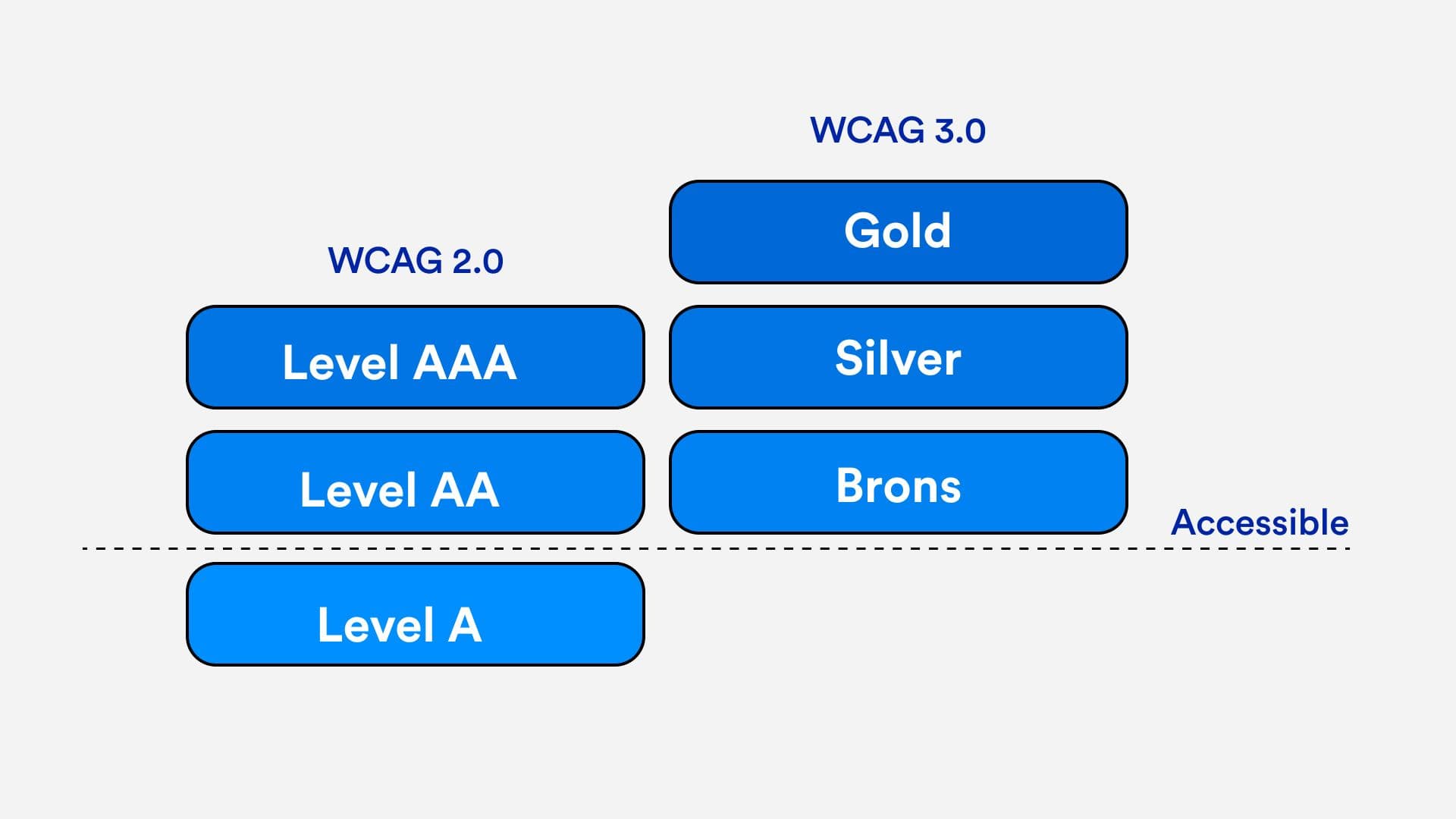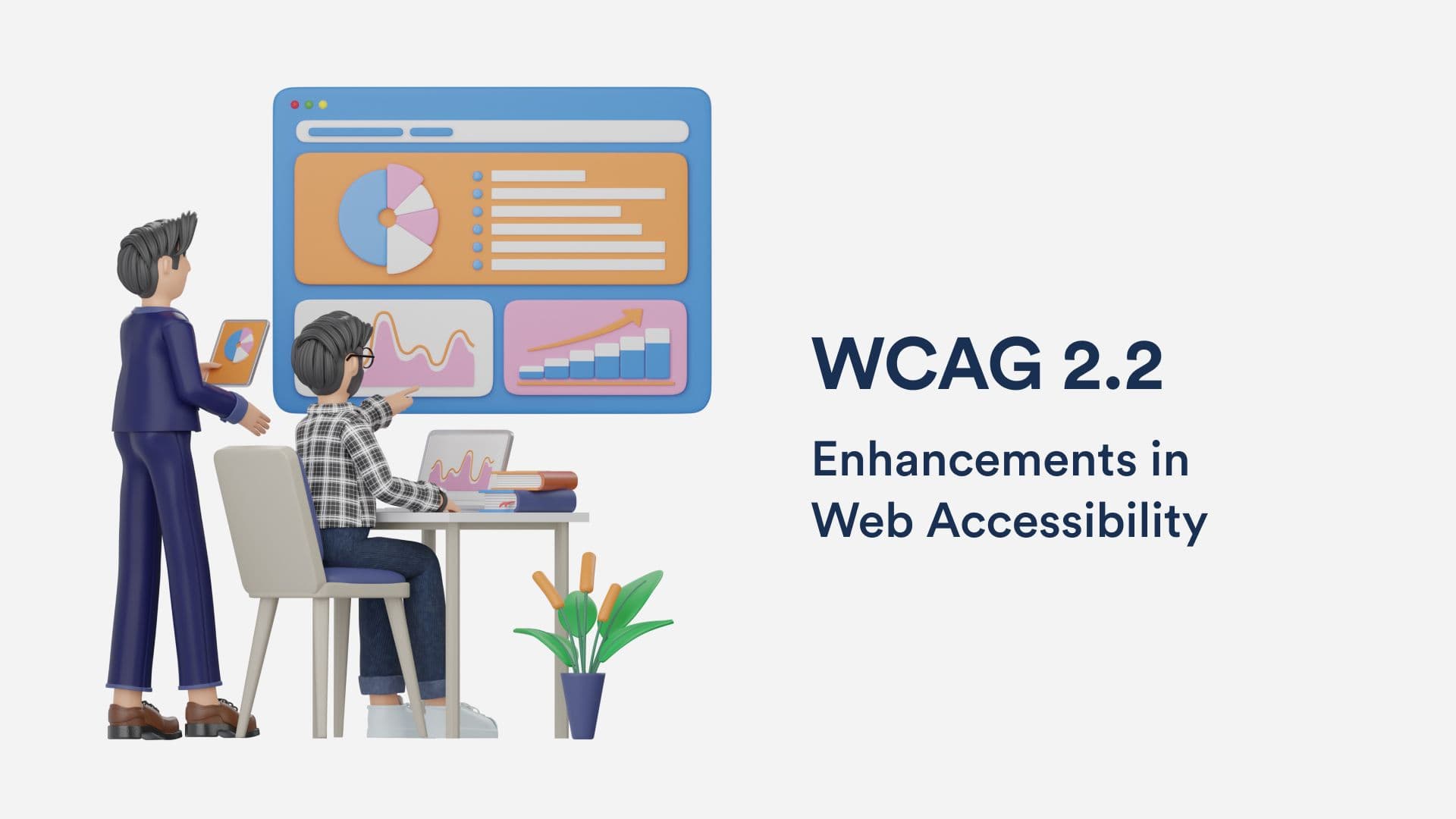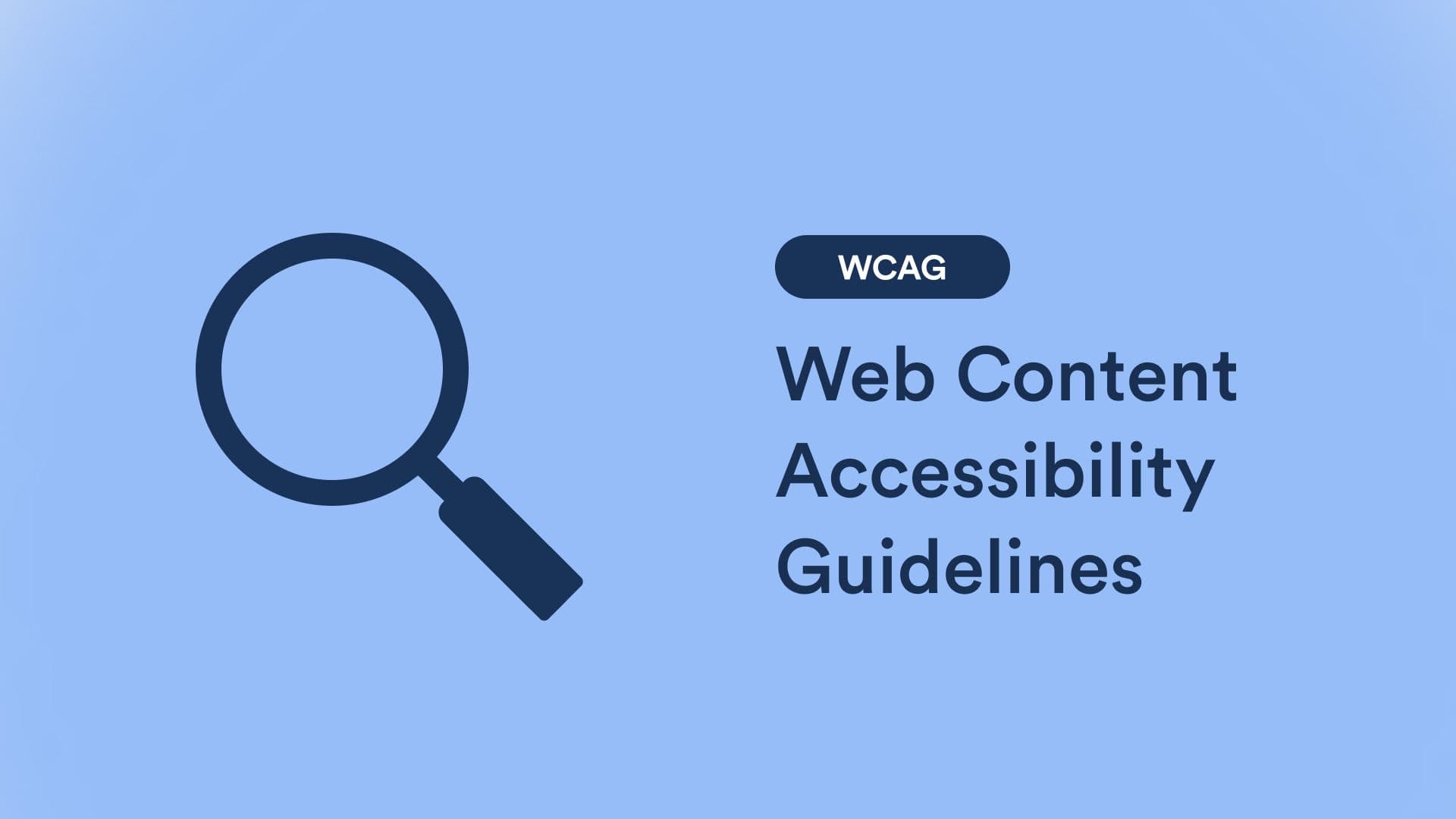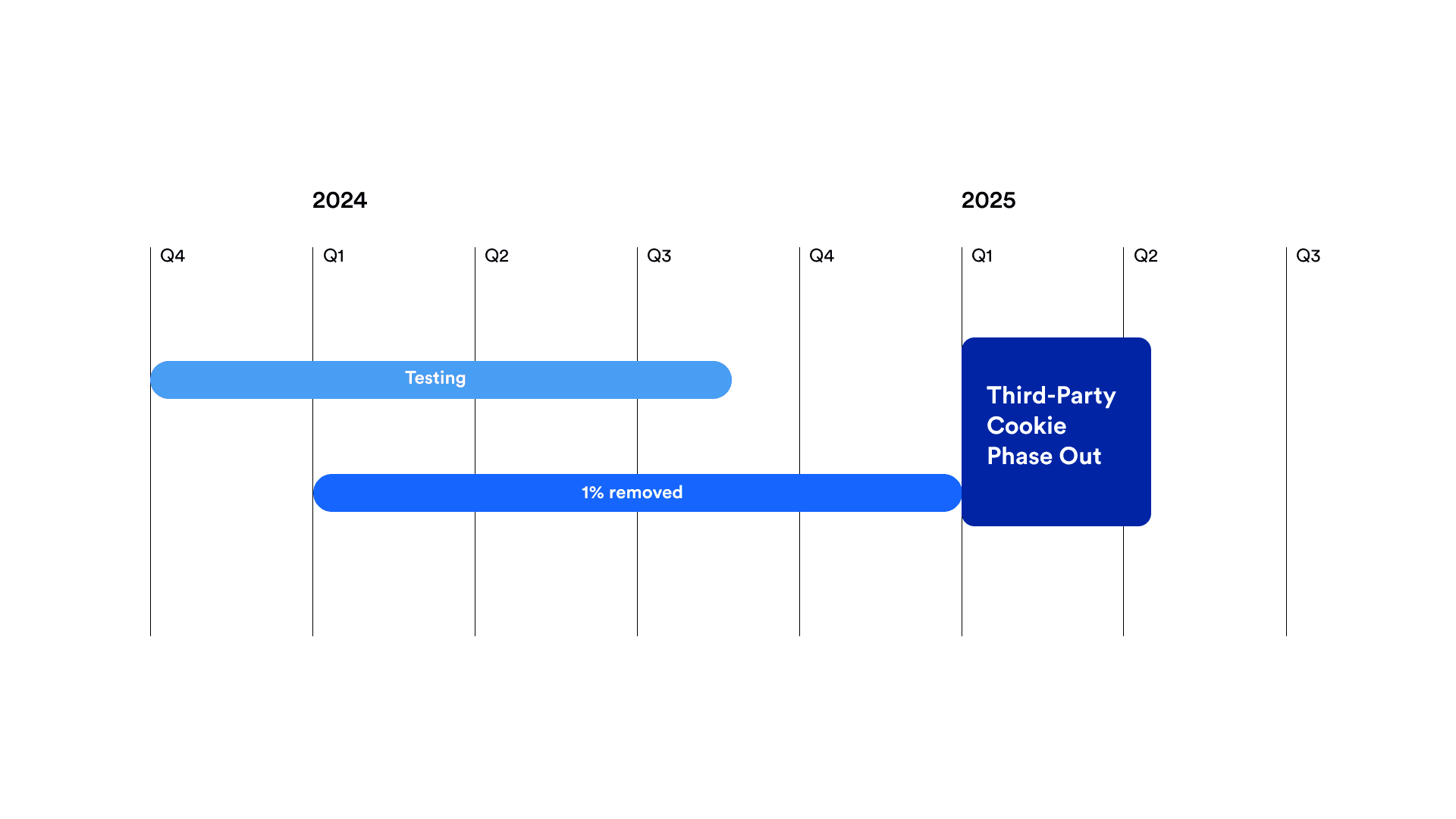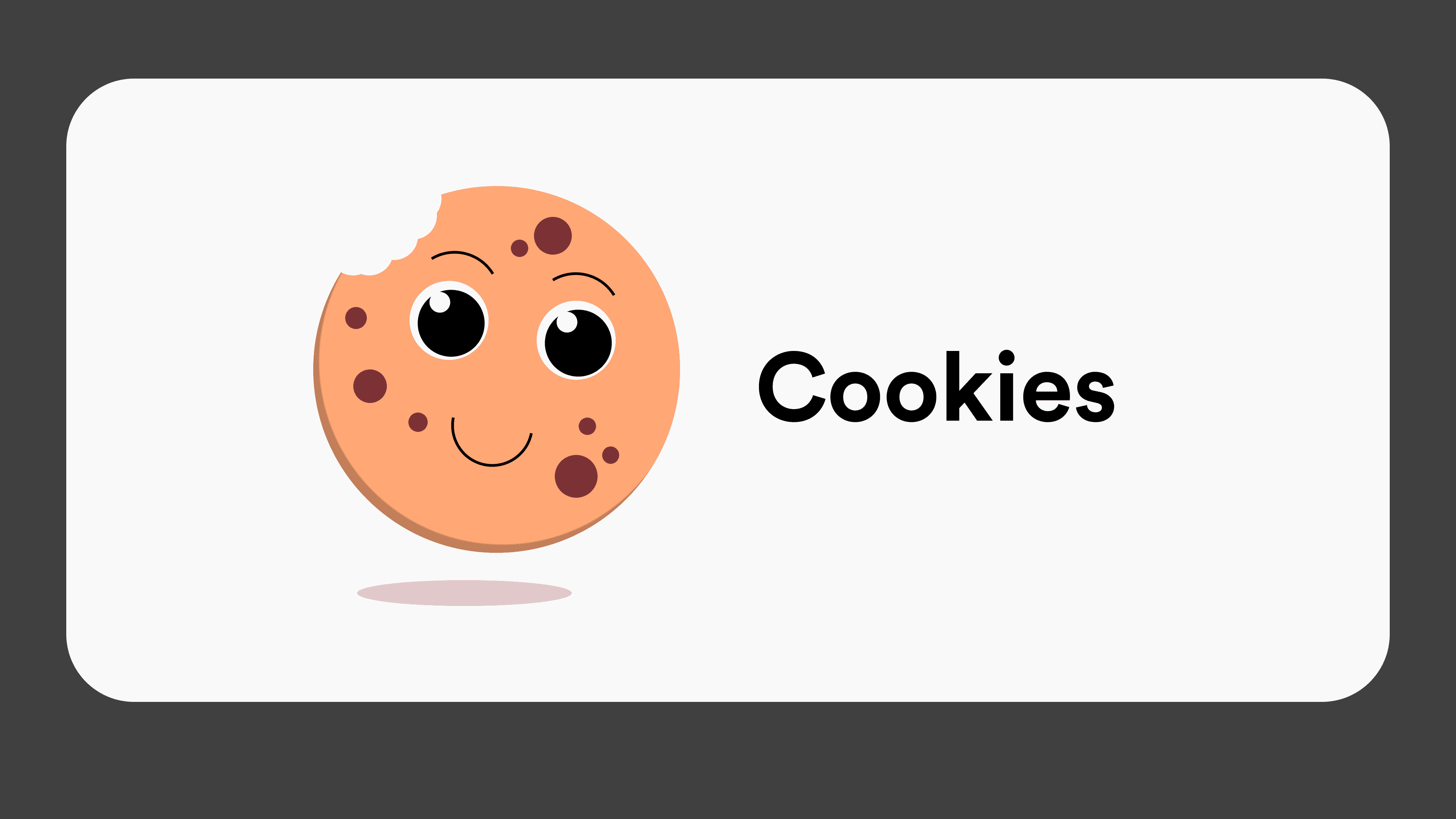What is Google Consent Mode v2 - all you need to know!
Areas
Webbdesign ∙ SEO ∙ Web development
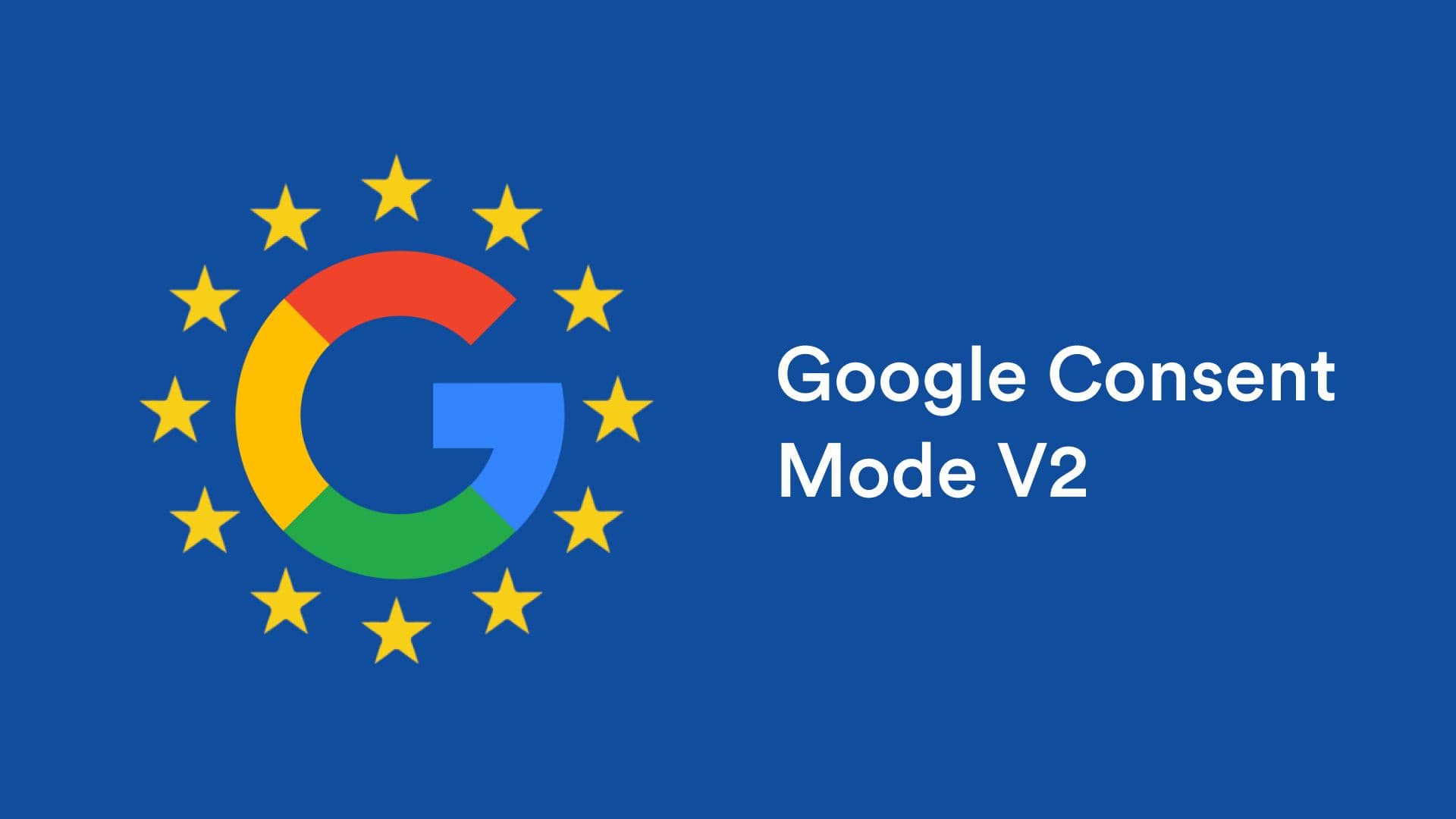
Who needs to convert to Google Consent Mode v2?
In today's digital landscape, user privacy has become a cornerstone of how companies collect and manage data. Google Consent Mode v2 is a solution that helps websites respect users' choices regarding data collection while still being able to analyze and optimize their operations. But who needs to think about converting to Google Consent Mode v2, and what can happen if it’s not done correctly?
Websites Using Google Analytics and Google Ads
Companies that rely on Google Analytics to understand their visitors, analyze website usage, or optimize their ads should strongly consider implementing Consent Mode v2. Users of Google Ads, which drive traffic and conversions through search engine ads, should also implement this mode. This includes e-commerce businesses, content creators, bloggers, and other digital platforms that want to continue tracking user interactions without violating privacy laws. Read more about cookies and what it could be used for here.
Keywords to remember: Google Analytics, Google Ads, e-commers, digital platforms.
Companies Operating in Jurisdictions with Strict Data Protection Regulations
If your company operates within the EU (under GDPR) or California in the USA (under CCPA), it is especially important to comply with these regulations. Consent Mode v2 helps companies adjust their data collection methods to comply with these strict data protection laws. According to these regulations, companies must manage their data collection and handling processes in accordance with legal requirements.
What can happen if it’s not followed?
Risk of Compliance and Fines:
Failure to comply with data protection regulations can result in significant fines and legal actions. For instance, under GDPR, fines can amount to 4% of a company's global turnover or €20 million, whichever is higher.
Ineffective Data Collection and Analysis
Without proper implementation of Consent Mode v2, data collection may become fragmented or unreliable, leading to inefficient analysis and decision-making. This can impact everything from marketing campaigns to product development.
Not implementing and Using Consent Mode v2 in the right way may make you miss out on crucial insights of the users behaviors, limiting your ability to optimize website performance and user experience. This could lead to lower conversion rates and less effective business development.
Conclusion
Converting to Google Consent Mode v2 is not merely a technical task but a strategic necessity for companies aiming to continue effective data collection while adhering to GDPR rules and respecting user privacy. Companies using Google Analytics and Google Ads, operating in regions with stringent data protection regulations, or prioritizing user privacy should strongly consider this transition.
Failure to implement Consent Mode v2 correctly can pose significant risks, including legal penalties, loss of trust, ineffective data collection, and missed optimization opportunities. By meticulously planning and executing this conversion, companies can ensure they continue to benefit from valuable data while safeguarding user privacy and complying with applicable laws.

Ludvig Risbecker
ludvig@bucketmedia.se

